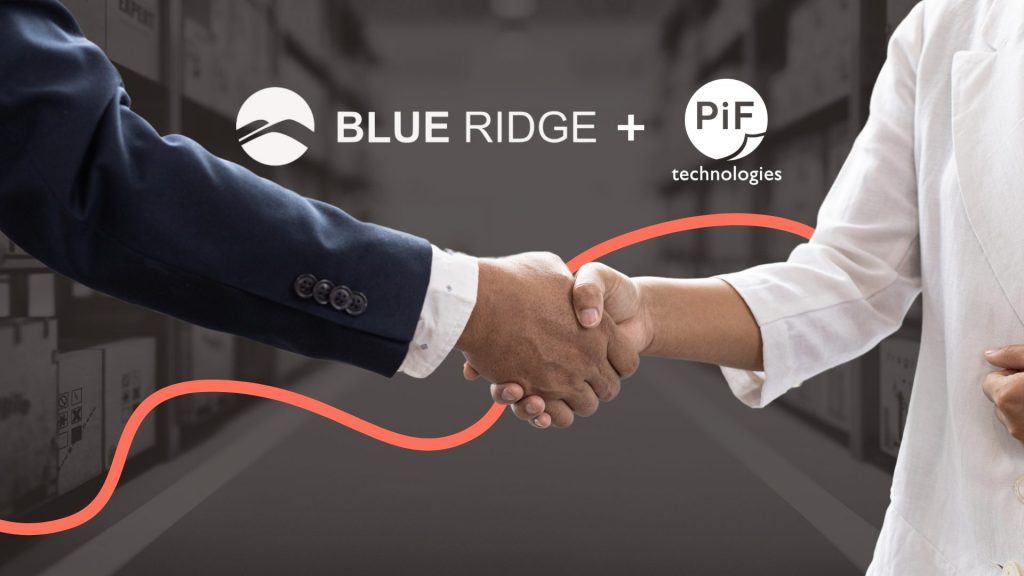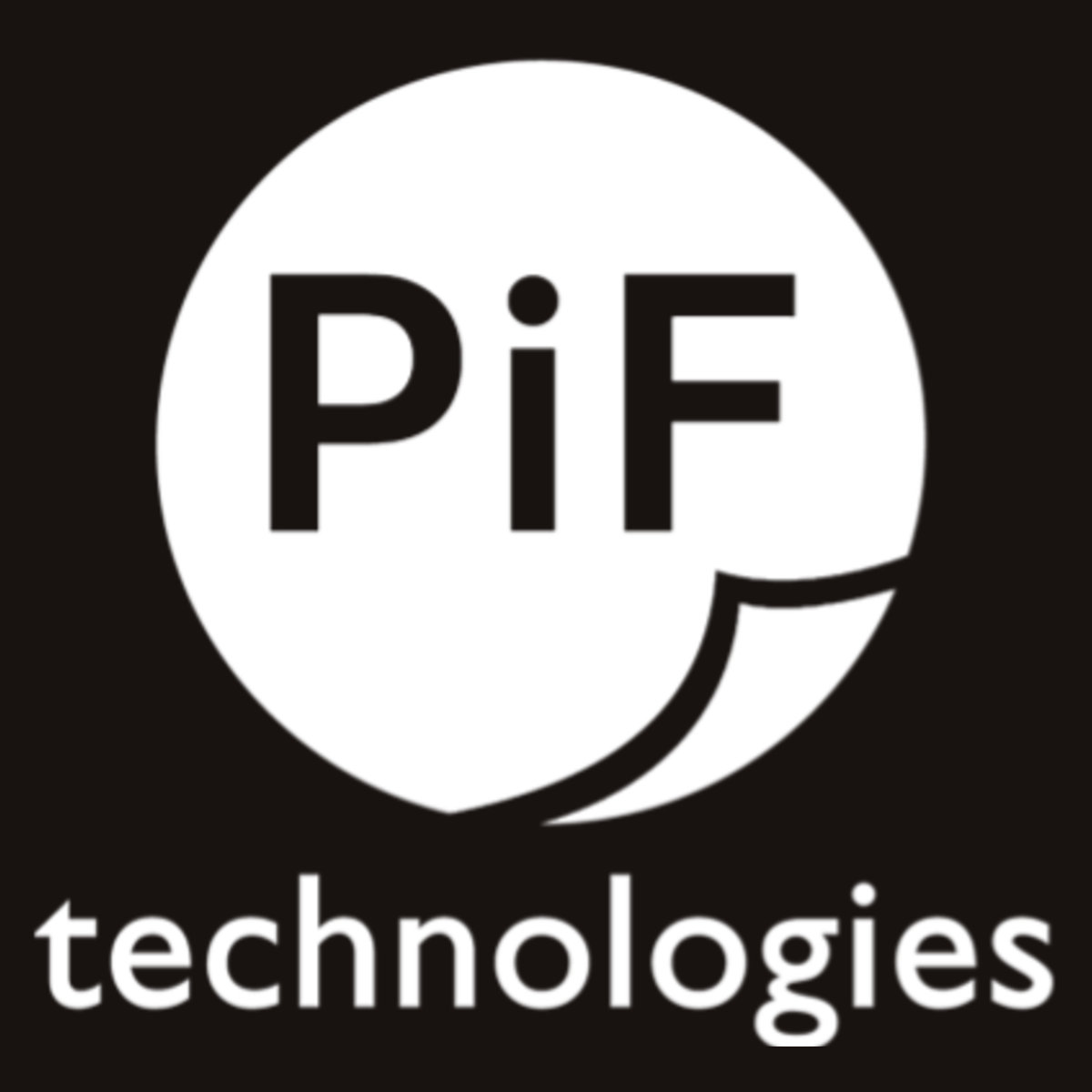Organizations processing hundreds or thousands of Invoices each month are sometimes put in a position where they’ve paid incorrect or fraudulent invoices without even realizing it. How can they implement safeguards to prevent these errors and protect their most important asset — their finances. Two-Way and Three-Way Matching is an important function within Accounting used to verify the accuracy of orders and payments. The importance of this process can unfortunately be overshadowed by the difficulty of completing it consistently and correctly, which is where Accounts Payable (AP) Automation comes in.
We’ll discuss the basics of Two and Three-Way Matching, give a brief overview of Accounts Payable Automation, and provide an explanation of the direct impact AP Automation has on Two and Three-Way Matching.
What is the difference between Two and Three-Way Match?
In Accounts Payable, the terms Two and Three-Way Match refer to different methods used to verify and reconcile Invoices, Purchase Orders, and Receiving Reports. Two-Way Match involves comparing the Invoice with the corresponding Purchase Order to ensure the quantities and prices match. This method helps detect any discrepancies or errors in your organization’s billing process. Put simply, Two-Way Match verifies that the amount billed is the same as the amount ordered.
Three-Way Match enhances this and adds the additional step of comparing the Invoice and Purchase Order with the Receiving Report, which confirms whether the goods or services were actually received. By validating the quantity, price, and receipt of goods, Three-Way Match offers enhanced accuracy and control over the accounts payable process. Implementing a Three-Way Match reduces the risk of paying incorrect or fraudulent invoices and ensures proper accountability. In simple terms, Three-Way Match ensures that the amount billed is the same as the amount ordered AND the amount received. By understanding the distinction between these two methods, businesses can optimize their Accounts Payable procedures and maintain financial integrity.
The challenge with both of these processes is that it’s often completed manually by hand. An AP Specialist may print out each document and compare them by hand, or toggle between tabs to verify data. This slows down the process and unfortunately can lead to human error, meaning that despite your team’s best efforts to ensure that documents match, it still may not be correct.
What is Accounts Payable Automation?
Accounts Payable automation, also known as AP Automation, encompasses the implementation of technology solutions designed to streamline and automate Accounts Payable workflows. By eliminating manual tasks, AP Automation enhances efficiency and offers improved visibility and control over crucial financial information.
AP Automation comprises a suite of interconnected tools that function as a cohesive solution rather than just one specific software. This integrated approach enables organizations to simplify their processes holistically, leveraging the power of automation across the entire accounts payable function.
The tools that make up AP Automation include:
- Document Management
- Scan, file, and access your documents from one central system. It creates a fully paperless office and files can be accessed from anywhere, at any time, from any device.
- Optical Character Recognition (OCR)
- OCR takes data that is traditionally keyed in by hand and sorts and visually matches it to the purchase order and automatically classifies it. This can directly integrate with your existing Enterprise Resource Planning software that your team is already familiar with.
- OCR takes data that is traditionally keyed in by hand and sorts and visually matches it to the purchase order and automatically classifies it. This can directly integrate with your existing Enterprise Resource Planning software that your team is already familiar with.
An additional step organizations can take to automate Accounting processes, specifically Accounts Payable, is through Artificial Intelligence via Robotic Process Automation (RPA). Accounting has many rote and repetitive tasks that typically fall on the employees of that department. Employees may spend the majority of their time sitting in front of a dual monitor entering information from a spreadsheet into your ERP or other accounting system. Rather than rely on human output to complete these tasks, RPA can automate and actually improve those processes.
Just like an Accounts Payable Automation solution, Robotic Process Automation doesn’t replace your ERP or other business software, in fact, it can bridge the gap between disparate systems. An example of Robotic Process Automation being used in AP can be as simple as taking data from a spreadsheet and entering it into a different software system with zero human intervention.
By implementing a holistic solution through AP Automation or Robotic Process Automation that works WITH your ERP rather than separate from it, you create an even more streamlined process. Building workflows can help customize this entire process to fit your organization’s true needs. You can find the gaps within your process that need fixing, and fix them quickly without missing a beat.
What is the impact of AP Automation on Two and Three-Way Matching?
Accounts Payable Automation can be used to reduce the manual keying and rekeying of information into your Enterprise Resource Planning (ERP) and specifically has a significant impact on both Two-Way and Three-Way Matching processes.
Two-Way Matching: With Accounts Payable Automation, the Two-Way Matching process becomes more efficient and accurate. An AP Automation solution can compare invoice details directly with the corresponding purchase order, checking for any discrepancies in quantities or prices. By automating this process, businesses can quickly identify and resolve errors or mismatches, reducing manual effort and increasing the speed of invoice processing. This streamlined approach improves the accuracy of accounts payable records and reduces the risk of payment errors or overbilling.
Three-Way Matching: Accounts payable automation also greatly enhances the Three-Way Matching process. In addition to comparing the invoice with the purchase order, the solution can automatically match these documents with the Receiving Report or Proof of Delivery. By digitally capturing and analyzing data from all three sources, the system can verify that the goods or services have been received and align the quantities and prices accordingly. AP Automation eliminates the need for manual cross-referencing, saving time and minimizing the possibility of human error. As a result, organizations can ensure greater accuracy and accountability in their Accounts Payable processes while reducing the risk of fraudulent invoices or payments.
By streamlining the matching process, increasing accuracy, reducing manual effort, and improving overall efficiency in the accounts payable department, your organization can further optimize Two and Three-way Matching and ensure that your payments are accurate.
How can Artificial Intelligence and Robotic Process Automation further impact Accounts Payable Automation?
Organizations can also utilize AI and Robotic Process Automation (RPA) to further enhance their Accounts Payable processes. It can extract data from various sources and validate it against a set of predefined rules, meaning aside from exceptions Two and Three-Way Matching can be completed entirely without human intervention. RPA can also initiate workflows for approvals, ERP and Inventory Management system updates, and can monitor dedicated inboxes for Accounts Payable.
Overall, Robotic Process Automation enables accurate data extraction, automated matching, streamlined exception handling, and manual workflow automation, ultimately leading to increased efficiency, cost savings, and improved accuracy in Accounts Payable.
How can you implement Accounts Payable Automation?
Investing in Accounts Payable Automation solution offers a valuable opportunity to enhance your organization’s efficiency with minimal effort. PiF Technologies provides a solution that combines the personalization of a custom-built system with the convenience of pre-built modules. Our Professional Services team collaborates directly with you to understand your unique business needs and develop a tailored solution that optimizes workflows across your company.
With the numerous benefits of Accounts Payable Automation and Robotic Process Automation, along with the projected rapid market growth, now is the ideal time to invest in a solution for your organization. Our team is prepared to assist you throughout the process and help you unlock the benefits of RPA for your organization. Fill out the form below to connect with us, and our team will address any questions you have and guide you through the process of transforming the Two and Three-Way Matching Process and all of Accounts Payable for your organization.







